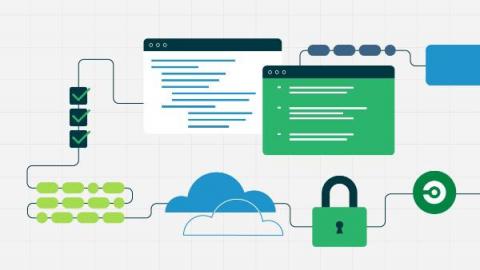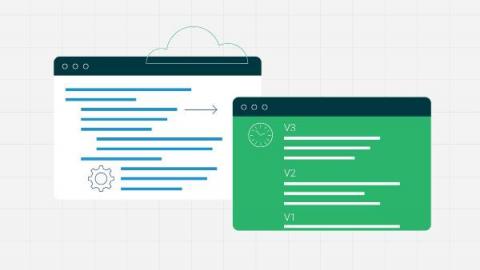How testing in the cloud delivers value to development teams
Testing is an integral part of the software development process and is one of the key ways development teams can better understand how applications function. Testing also prevents changes in the codebase that can affect other parts of the code, enabling you to measure the quality of the software and eliminate any errors before users can interact with it. Most development teams use unit and integration tests assess their software.










